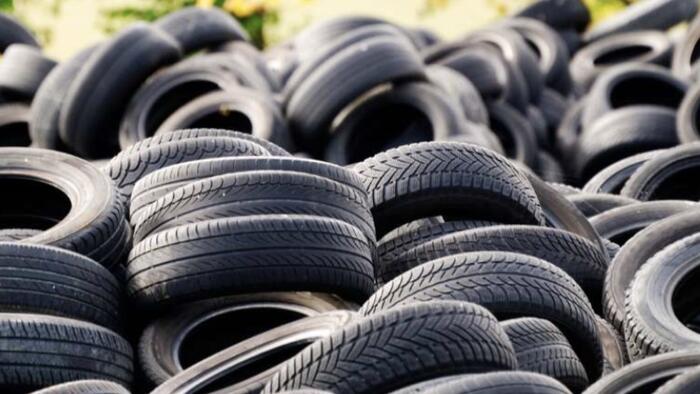
📉 What’s Happening?
- Chinese electric car giant BYD slashed prices on 22 models by up to 34%, sparking fears of a “price war” in the auto industry.
- Result: Worries about cheaper cars and slower sales growth have caused natural rubber prices to drop sharply. (Rubber is a key ingredient in tires, which use 70% of global rubber supplies.)
🛠 Why Does This Matter?
- Rubber = Tires = Cars
- Cheaper cars → Lower profits for automakers → Less demand for tires → Less need for rubber.
- Example: If BYD sells cars at a discount, tire manufacturers might also cut costs, hurting rubber suppliers.
- Prices Are Tanking
- On June 3, rubber futures (agreements to buy rubber later at set prices) in Japan fell 4% to $2 per kilogram—the lowest since February 2024.
- In China’s Shanghai market, rubber briefly dipped to $1,850 per ton, triggering panic selling worldwide.
🌍 Bigger Picture
- U.S.-China Tensions: Earlier in 2024, U.S. tariffs under Donald Trump hurt rubber prices. Though prices bounced back temporarily, the BYD crisis reversed gains.
- Overproduction Fears: Car sales in China rose 9.8% in April, but experts warn factories might be making too many cars, flooding the market.
🚗 U.S. Market Slowdown
- After a post-tariff sales boom, U.S. car demand is cooling:
- May sales: Up just 1.4% (vs. 9-10% growth in March/April).
- Analysts worry rising economic uncertainty will slow consumer spending further.
🔮 What’s Next?
- Rubber’s future hinges on U.S.-China trade talks. If tensions ease, prices could stabilize. If not, more drops are likely.
- Key Quote: “The outcome of negotiations will decide prices,” says a Japanese market expert.
📊 Quick Facts
- BYD Sales Growth:
- May 2024: +15% vs. 2023 (slower than April’s +20%).
- Rubber Price Trend: Down ~40% since early 2023 due to weak demand and oversupply.
Bottom Line: Cheaper electric cars are shaking up the rubber market, and global trade policies could decide whether the drop continues. 🚘💨